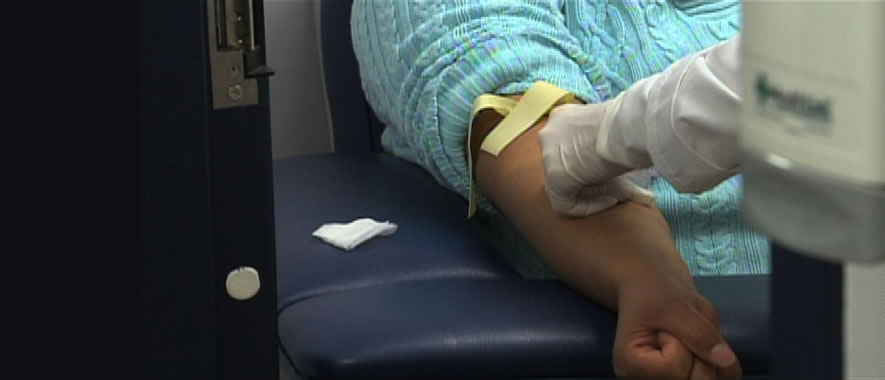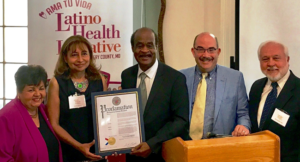
Health Disparities Within Latino Community Continues, According to Report
A report released by the Latino Health Initiative of Montgomery County found that health disparities continue to be a public health issue facing the Latino community in the county.
Montgomery County Executive Ike Leggett joined the county’s Latino Health Steering Committee early Wednesday for the release of the third edition of a health status report titled, “Blueprint for Latino Health in Montgomery County 2017-2026.” The report outlines quality of life issues affecting the more than 192,000 Latinos living in Montgomery County, according to a news release.
“We are concerned about the health status of all of our county residents and the Blueprint will be invaluable in providing guidance and direction in developing programs that will improve the health and human service outcomes for Latinos in our community,” Leggett said in a statement
21 percent of Latinos are uninsured and 22 percent of Maryland Latinos cannot afford to see a doctor, according to the report. The lack of insurance continues to be an obstacle to accessing health care by Latinos.
In 2015, the leading causes of death among Latinos in Maryland included: malignant neoplasms; diseases of the heart; accidents; cerebrovascular disease; and diabetes.
More than half of Latinos (55 percent) in the county are overweight. Latinos are 41 percent more likely to have diabetes than the Caucasian/White population.
In addition to highlighting challenges and health issues, the report notes how social determinants such as housing conditions, income disparities, employment conditions and changing federal immigration policies impact Latinos’ health.
“We are living in an era of heightened anxiety and uncertainty and nowhere is this more acutely felt than in the Latino community,” Maria Gomez, co-chair of the Latino Health Steering Committee said.
The 2017-2026 Blueprint is a culmination of a twenty-month long process that engaged over 100 members of the community, stakeholders from public and private health entities, and community-based organizations.
The full report can be found by clicking here.
Blueprint for Latino Health 2017-2026. @MontgomeryCoMD @MoCoCouncilMD @georgeleventhal https://t.co/CNyhWCtt90 pic.twitter.com/MQsV3uY8xp
— Montgomery CountyHHS (@MoCoDHHS) June 28, 2017
Update on Latino health status w/release of Blueprint for Latino Health. @MontgomeryCoMD @georgeleventhal pic.twitter.com/SMb4gzzfOW
— Montgomery CountyHHS (@MoCoDHHS) June 28, 2017


Engage us on Facebook
Follow us on Twitter
Tweets by @mymcmedia